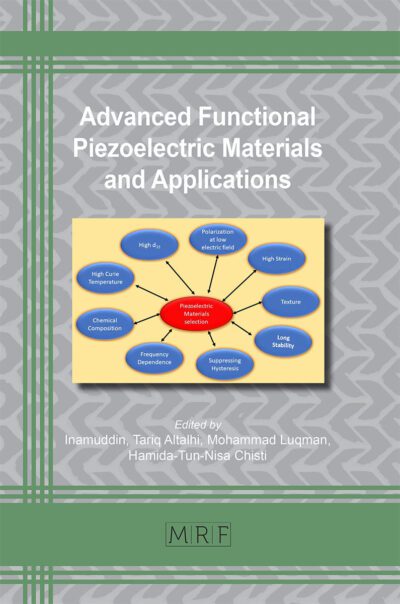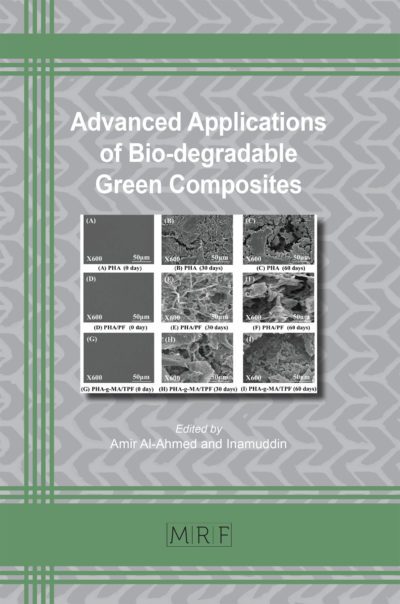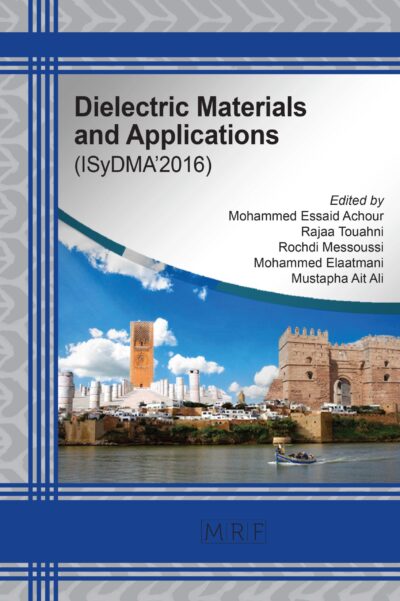Manufacturing tool optimization using a comprehensive multi-physical numerical workflow for high performance composites
Maxence COUSSY, Yvan DENIS, Mehdi MARIN, Simon RIEU, Damien LECOINTE, Gaëlle GUYADER
Abstract. The geometric quality of a composite part after manufacture depends on numerous multi-physical parameters that are mainly thermal, chemical, and mechanical. Controlling these different physics often requires complex tooling, since it is necessary to be able to control heating or cooling rates, consolidation pressures, thermal gradient levels on molding surfaces and thermal gradients through the tooling. All these parameters will also influence the thermomechanical behavior and therefore the distortion of the consolidation tool. Since the composite manufacturing field is a very large scope, the proposed study focusses only on the thermocompression process. Previous work has shown that the tool distortion is a first order influence on the geometrical state of the thermoplastic (TP) composite part. There are two main methods for controlling the post-fabrication geometry of a TP composite part. The first consists in having a high degree of control over the thermal behavior of the tooling, but this often requires complex systems with several independent thermal control zones. It also required lengthy and complex process adjustment. The second option is not to only optimize the thermal behavior, but to have a sufficiently accurate model of the mechanical distortions and thus digitally propose a topologic optimization of the tool. The work presented here takes the second aspect into account, using a numerical approach to design optimization through a molding surface optimization loop that considers the thermal loads and the clamping boundary conditions associated with the manufacturing process. A complete numerical workflow between commercial and open-source software was made to optimize the manufacturing tooling design. The case study will focus on an experimental fuselage frame sample which is an aeronautical part made of commingled carbon fiber and PAEK thermoplastic resin.
Keywords
Composite, Modeling, Shape Distortion, Workflow, Manufacturing Process
Published online 5/7/2025, 10 pages
Copyright © 2025 by the author(s)
Published under license by Materials Research Forum LLC., Millersville PA, USA
Citation: Maxence COUSSY, Yvan DENIS, Mehdi MARIN, Simon RIEU, Damien LECOINTE, Gaëlle GUYADER, Manufacturing tool optimization using a comprehensive multi-physical numerical workflow for high performance composites, Materials Research Proceedings, Vol. 54, pp 402-411, 2025
DOI: https://doi.org/10.21741/9781644903599-44
The article was published as article 44 of the book Material Forming
![]() Content from this work may be used under the terms of the Creative Commons Attribution 3.0 license. Any further distribution of this work must maintain attribution to the author(s) and the title of the work, journal citation and DOI.
Content from this work may be used under the terms of the Creative Commons Attribution 3.0 license. Any further distribution of this work must maintain attribution to the author(s) and the title of the work, journal citation and DOI.
References
[1] Y. Denis, Investigation on factors causing tool distortion in the manufacturing of high-performance thermoplastic composite materials, In Proceedings of the ECCM21, 2024, vol. 5, p. 56-63.
[2] M. Marin, Experimental and numerical investigation of tool distortion in the manufacturing of C/PAEK complex parts, In Proceedings of the ITHEC, (2024).
[3] VIEILLE, B. et al. About the influence of stamping on thermoplastic-based composites for aeronautical applications. Composites Part B: Engineering, 2013, vol. 45, no 1, p. 821-834. https://doi.org/10.1016/j.compositesb.2012.07.047
[4] ZHENG, Ruochen et al. Mesoscopic finite element modeling of biaxial non-crimp fabric including representative stitch pattern. Composite Structures, 2024, vol. 339, p. 118-126. https://doi.org/10.1016/j.compstruct.2024.118126
[5] LI, Jinlei et al. Hyperelastic modelling and simulation for forming process of the braided fabrics. In : AUTEX 2022: 21st World Textile Conference AUTEX 2022-AUTEX Conference Proceedings, Lodz University of Technology Press, Lodz 2022, ISBN 978-83-66741-75-1, doi: 10.34658/9788366741751. Wydawnictwo Politechniki Łódzkiej, 2022
[6] BIGOT, Nicolas et al. A Coupled Thermo-mechanical Modelling Strategy Based on Alternating Direction Implicit Formulation for the Simulation of Multilayered CFRTP Thermo-stamping Process. Applied Composite Materials, 2022, vol. 29, no 6, p. 2321-2341 https://doi.org/10.1007/s10443-022-10064-x
[7] TEN THIJE, R. H. W. et al. A multi-layer triangular membrane finite element for the forming simulation of laminated composites. Composites Part A: Applied Science and Manufacturing, 2009, vol. 40, no 6-7, p. 739-753 https://doi.org/10.1016/j.compositesa.2009.03.004
[8] HAMILA, Nahiene, et al. A semi‐discrete shell finite element for textile composite reinforcement forming simulation. International journal for numerical methods in engineering, 2009, vol. 79, no 12, p. 1443-1466 https://doi.org/10.1002/nme.2625
[9] MITCHELL, Cynthia J. et al. Investigation into a robust finite element model for composite materials. Finite Elements in Analysis and Design, 2016, vol. 115, p. 1-8. https://doi.org/10.1016/j.finel.2016.02.003
[10] SHERWOOD, James A. et al. Modeling of the forming process for multiple layer UHMWPE incorporating bending and thickness behaviors. In : Advanced Structural Textile Composites Forming. Woodhead Publishing, 2025. p. 389-418. https://doi.org/10.1016/B978-0-443-21578-0.00016-0
[11] WHITE, Kari D. et al. Effects of Thickness Changes and Friction during the Thermoforming of Composite Sheets. In Proceedings of the ESAFORM 2021, 24th International Conference on Material Forming, Liège, Belgium, 14-16 April 2021. https://doi.org/10.25518/esaform21.506
[12] WHITE, Kari D. et al. An investigation into the relationship between hemisphere tooling parameters and thickness changes during the thermoforming of a thermoplastic composite. Materials Research Proceedings, vol. 41 https://doi.org/10.21741/9781644903131-57
[13] SHERWOOD, James A. et al. Modeling of the forming process for multiple layer UHMWPE incorporating bending and thickness behaviors. Advanced Structural Textile Composites Forming. Woodhead Publishing, 2025. p. 389-418. https://doi.org/10.1016/B978-0-443-21578-0.00016-0
[14] HECHT, Frédéric. New development in FreeFem++. Journal of numerical mathematics, 2012, vol. 20, no 3-4, p. 251-266. https://doi.org/10.1515/jnum-2012-0013














